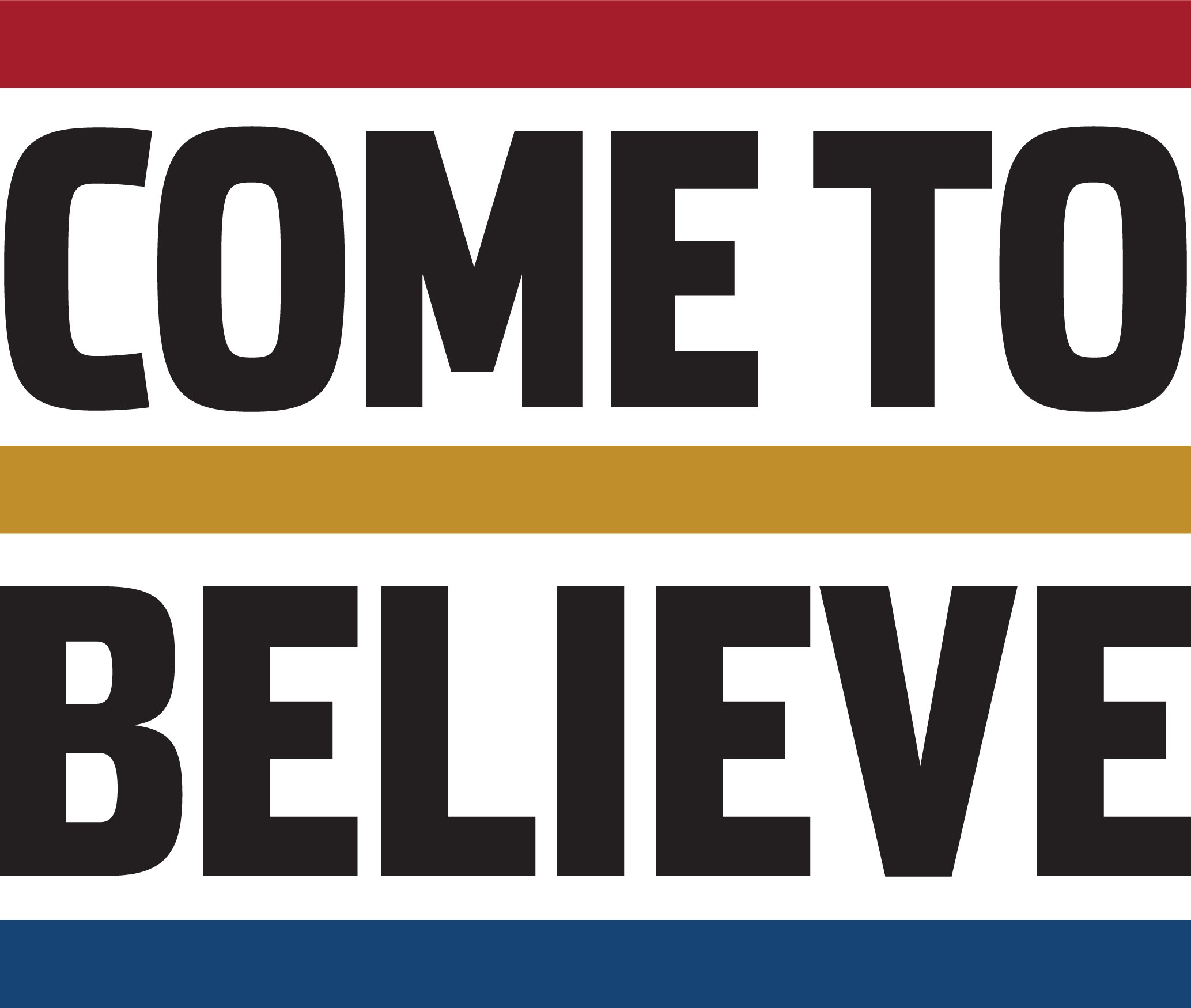Navigating Higher Education: A Q&A with Butler University's Financial Aid Leader, Melissa Smurdon
Melissa Smurdon is the Executive Director of Financial Aid at Butler University, and a member of the working group that helped bring the CTB model to Butler.
Financial aid offices ensure students from all backgrounds have the chance to attend college, especially as higher ed expenses continue to rise. Come to Believe’s model is built around the importance of this financial support, providing the wrap-around resources that underserved students need while helping them graduate with minimal debt.
However, navigating the financial aid process can be confusing for young adults—especially ones who are first-generation college students, as most students in CTB colleges are. The CTB model ensures students are supported throughout the financial aid process, helping them fill out applications and clarifying any confusion points that come up.
One of CTB’s new partner institutions, Butler University, has a long history of working with students from backgrounds underrepresented in higher education. Butler was founded by an abolitionist who believed that people from all backgrounds deserved to receive an education.
We sat down with Butler’s Executive Director of Financial Aid, Melissa Smurdon, to learn more about the school’s approach to financial aid, as well as advice for students and families who are navigating the sometimes-difficult process.
Q: What is your background and how did you become interested in working in financial aid?
A: When I was in undergrad at the University of Indianapolis, I was an accounting major, and I also worked at the career services offices. I quickly learned I didn’t want to go into a typical accounting job, and I fell in love with working with students. Moving into a career in financial aid made sense because it married my interest in math with my love of helping students and the campus atmosphere. I received a master’s degree in higher education administration, and I’ve been at Butler at the financial aid office for 30 years!
Q: What is your favorite part of working in the financial aid office?
A: It’s the people. It’s the joy of talking with families and being reassuring to them during stressful times. I love playing the role of a trusted advisor in the process—taking students through how to compare offers and how to think about their loans. It’s also the incredible team and teamwork I have at Butler.
Q: Butler recently decided to open a new two-year college that follows the CTB model. From a financial aid office perspective, what are you most excited about with the new school opening its doors?
A: I was very excited when I heard of the Come to Believe model because it’s so access-driven. I’m a firm believer that education is an opportunity for people to change their lives. However, I also went through a journey from believing that education is an opportunity to realizing that it’s not the same opportunity for everyone. At a place like Butler, cost was a factor. Our university came together to figure out solutions to bring in more deserving students from more financial backgrounds to our campus. We’ll be opening Founder’s College in 2025, and I can’t wait to work with a new set of students!
Q: What are some of the top challenges that incoming college students face when trying to understand financial aid packages?
A: When my niece was considering colleges, I looked over her financial aid packages and thought, “How on earth does someone who doesn’t work in higher ed understand this?” Standardization between schools is really hard to achieve, and colleges tend to present their costs differently. There are also so many programs—between government grants, loans and institutional aid. At Butler, we try to make it as clear as possible by reducing the amount of loan and scholarship applications students need to fill out. For students of Founder’s College, we’re expecting to provide a lot of hands-on help to support students through the financial aid process.
Q: What sort of financial aid packages will students of the new Founder’s College receive?
A: Per the CTB model, students admitted to the school would have a high level of financial need. Most would be Pell-eligible, meaning they’d also qualify for state aid. The goal is for these students to graduate with little to no debt. If they don’t qualify for a grant, we would make an attempt to cover some part of tuition. For Founder’s College students, tuition would include books, a laptop and meals, reducing other out of pocket expenses. I believe that with this new demographic, personal relationships will be crucial. My office is committed to creating student support from the get-go. We’re hiring admissions and financial aid people this summer even though the college isn’t opening until 2025. I’m excited to see where this journey takes us and experience new ways for students to have success on campus

